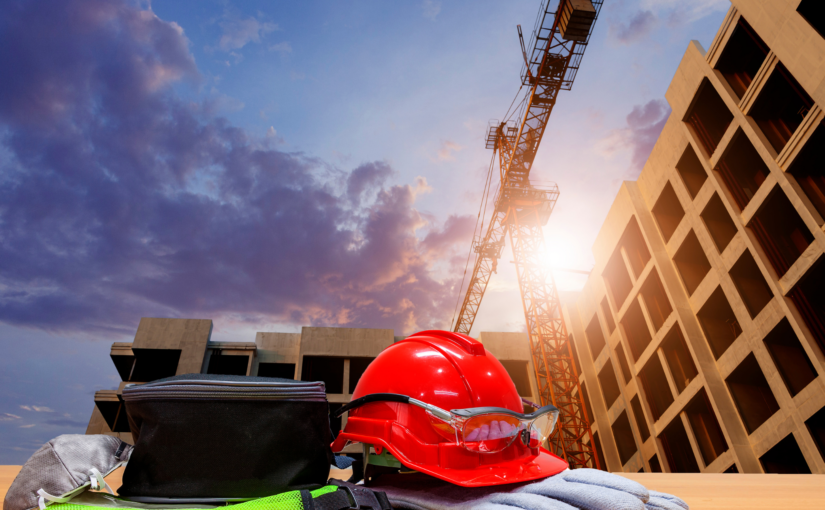Construction is one of the most dangerous industries, with a high likelihood of injuries and fatalities. The long-standing heavy dependence on manual labor and heavy machinery brings some safety concerns to this sector. However, with advancing digitization, technology is steadily making its way into the construction industry. The emerging technologies have become an effective toolset for safeguarding personnel and minimizing safety risks. Today, we’ll be discussing the role of technology in construction safety and the impact it has made so far.
Drones
Drones have become lifesaving tools in the construction sector. They assist in keeping tabs on precarious workings, minimizing accidents from happening. They can survey a construction site’s surface without putting lives under risk. They help in the maintenance of safe work environments by keeping track of the workers’ safety practices, adherence to safety guidelines, and identifying potential safety hazards.
Mobile technology
Mobile technology has bettered construction safety by limiting risks attributed to record-keeping. The technology allows seamless sharing of information, ensuring that everyone is aware of safety protocols and guidelines, thus reducing accidents. Mobile Apps enable the sharing and prompt review of safety processes, audits, and inspections, promoting compliance with safety laws.
Wearables
Wearable technology plays a significant part in addressing construction safety concerns. Wearable technology is an assortment of clothing and accessories that provide safety features to improve worker’s wellbeing on the job. Wearables can track vital signs, such as a worker’s heart rate, which helps flag down unsafe working environments and identifies worker stress levels.
Augmented Reality
Augmented Reality has forked out new utilities for construction safety in several ways. It allows Safety Managers to simulate various safety scenarios while the worker is in a secure environment. Workers can gain firsthand experience of a risky situation in an augmented reality setting, learning safety procedures without actual risk. This technology provides identify potential hazards that can be avoided, ensuring on-site safety.
Artificial Intelligence
Artificial Intelligence is gradually transforming how construction is done. AI-enabled devices can detect physical hazards in the work area and help avoid accidents. AI can detect when workers are too close to the danger zones and minimize the risk of injury. AI can predict potential safety risks and notify safety managers and workers, giving time to act accordingly.
Conclusion
Technology has positively impacted the construction industry, enhancing safety practices, and reducing fatalities. From drones to AI, innovative construction safety technology offers executives ultimate peace of mind and ensures a more reliable workforce. The construction sector has become an ardent supporter of new technology trends to ensure worker safety and deliver safer job sites, free of accidents and mishaps. Technology advancement is a never-ending journey; we can only imagine what else is yet to come in construction safety technology. Construction companies must strive to stay updated with emerging technology to guarantee workers’ safety and do their operations at ease.

